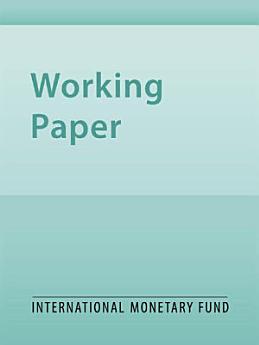Monetary Policy and Balance Sheets
Ms.Deniz Igan · Alain N. Kabundi · Mr.Francisco Nadal De Simone · Ms.Natalia T. Tamirisa
2013年7月 · International Monetary Fund
電子書
38
頁數
report評分和評論未經驗證 瞭解詳情
關於這本電子書
This paper evaluates the strength of the balance sheet channel in the U.S. monetary policy transmission mechanism over the past three decades. Using a Factor-Augmented Vector Autoregression model on an expanded data set, including sectoral balance sheet variables, we show that the balance sheets of various economic agents act as important links in the monetary policy transmission mechanism. Balance sheets of financial intermediaries, such as commercial banks, asset-backed-security issuers and, to a lesser extent, security brokers and dealers, shrink in response to monetary tightening, while money market fund assets grow. The balance sheet effects are comparable in magnitude to the traditional interest rate channel. However, their economic significance in the run-up to the recent financial crisis was small. Large increases in interest rates would have been needed to avert a rapid rise of house prices and an unsustainable expansion of mortgage credit, suggesting an important role for macroprudential policies.
為這本電子書評分
請分享你的寶貴意見。
閱讀資訊
智能手機和平板電腦
手提電腦和電腦
你可以使用電腦的網絡瀏覽器聆聽在 Google Play 上購買的有聲書。
電子書閱讀器及其他裝置
如要在 Kobo 等電子墨水裝置上閱覽書籍,你需要下載檔案並傳輸到你的裝置。請按照說明中心的詳細指示,將檔案傳輸到支援的電子書閱讀器。




